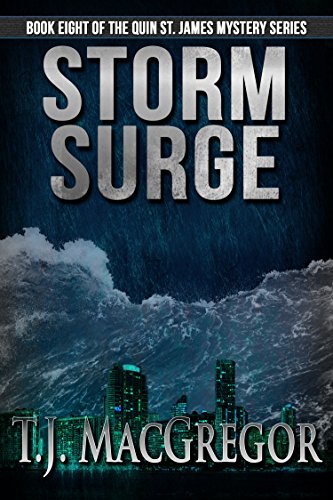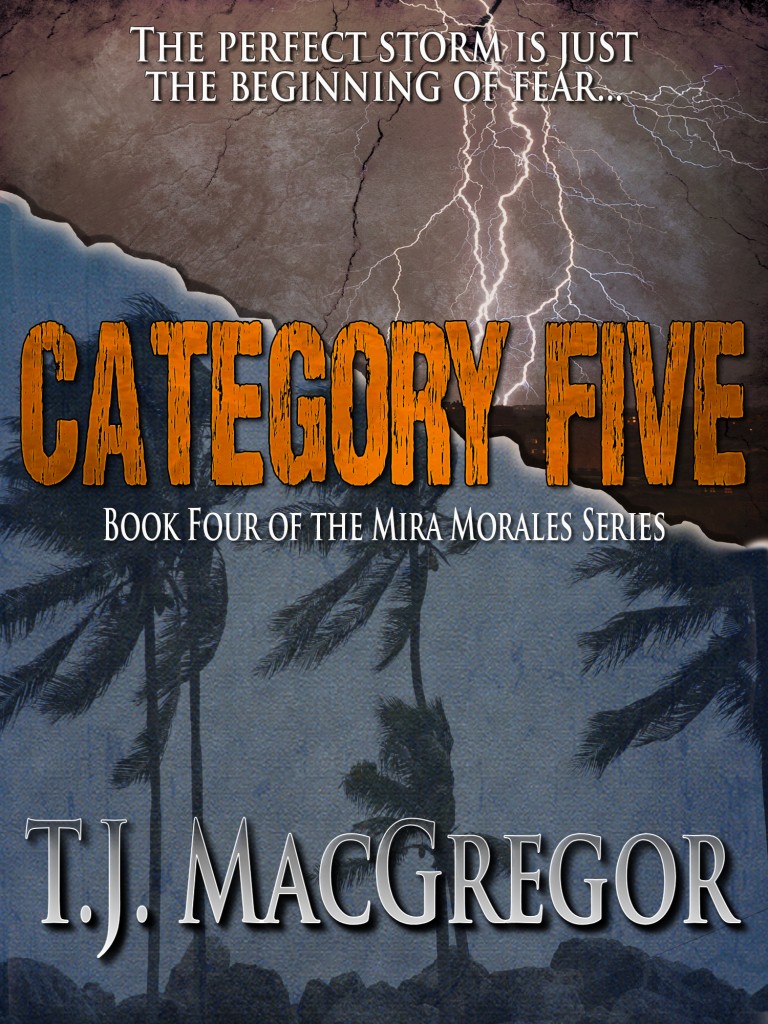
Narrative Magick. Ever heard that phrase? I hadn’t, until Sheila Joshi, a clinical psychologist and blogging friend, told us about it. And yet, it’s something we’ve written about a number of times. It’s the practice of trying to conjure something by writing out what you want. Or, in its more bizarre form, it’s when you write out a story and it comes to pass without your having intended it. Perhaps in that form, it’s a type of precognition.
My personal experiences with this narrative magick has happened with writing about hurricanes. On August 14, 1992, I mailed off a novel, Storm Surge, to my new editor at Hyperion. It revolved around a category five hurricane named Alphonso that slams into South Florida and flattens entire neighborhoods. On that same day, a tropical wave moved off the coast of Africa, one of many that roll away from that continent during hurricane season. It had completely escaped my notice.
But 10 days later, that wave had grown into one of the most powerful hurricanes on record. At one point, its winds were estimated to be in excess of 200 mph.Hurricane Andrew walloped Homestead, Florida, wiped it off the map, and obliterated entire neighborhoods.
The synchronicity is striking in several regards. In fiction and real life, both hurricanes were the first named storms of the season and began with an ‘A.’ They were category fives, and were tightly compacted storms that targeted only a small area. Again, an example where creativity provided a venue for a premonition, an aspect of synchronicity. And narrative magick!
This experience kind of freaked me out, so I swore off writing about hurricanes. But in 2004, another hurricane idea knocked at my door. What if a sociopath breaks his girlfriend out of the county jail on the fictional island of Tango Key as a category 5 hurricane approaches the island? What if he and his girlfriend and another woman who also escapes take refuge in the home of the protagonist during the storm?
The series features Mira Morales, a psychic and bookstore owner; her daughter Annie; her fey grandmother Nadine; and her lover, FBI agent Wayne Sheppard. Tango Key was the perfect setting for this kind of story—an island 12 miles (19 km) west of Key West, floating like a green pearl in the middle of the Gulf of Mexico and the Atlantic. But I remembered what had happened the last time I’d written about a hurricane and was hesitant about opening this door.
Then I reasoned that kind of precognition couldn’t happen twice, could it? Of course not. Besides, Tango Key was a fictional place. It existed only in my imagination. I hurled open the door and off the idea and I went. I wrote Category 5 and e-mailed it to my editor, Kate Duffy. It was scheduled for publication in October 2005.

On August 29, 2005, Hurricane Katrina slammed into New Orleans as a category 3 hurricane with winds of up to 125 miles (201 km) per hour. At its peak not long before landfall, it was a category 5 storm with winds of up to 175 miles (282 km) per hour. Its central pressure at landfall was 920 millibars, which ranked third lowest at the time for a landfall hurricane in the United States. Only Hurricane Camille of 1969—900 millibars—and the Labor Day hurricane of 1935—892 millibars—beat it. However, in October of the same year, Hurricane Wilma—another category 5 storm—became the strongest hurricane ever recorded, with a central pressure of 882 millibars—but not when she struck the United States.
It was the storm surge, not the hurricane, which proved to be the nemesis for New Orleans. Its levees were breached, 80 percent of the city flooded, and more than 3 million people were left without electricity. In short, Hurricane Katrina hurled New Orleans back into the Dark Ages. What followed, of course, were the tragic images of people stranded on rooftops, in the Superdome, survivors being rescued by choppers, and entire neighborhoods underwater.
On Tango Key, Hurricane Danielle struck with a central pressure of 919 millibars—below Andrew’s—and its 20-foot (6 m) storm surge destroyed the entire southern portion of the island. The 12-mile (19 km) bridge that connects the island to Key West fell apart halfway across, stranding all the inhabitants. Tango’s electrical infrastructure was obliterated and for the next two months the residents, without electrical power or running water, struggled to rebuild their lives within the context of this new normal.
As the media images of Katrina’s devastation began rolling in, I felt a kind of elemental horror about my novel and how it seemed to attract synchronicities similar to what I’d experienced with Storm Surge and Hurricane Andrew. On Wednesday, August 31, my daughter’s 16th birthday, I got a call from the publisher’s publicist. The media, the publicist said, was hungry for information about Katrina and hurricanes in general. Since Category Five was about the kind of devastation New Orleans was experiencing, would I be willing to do radio shows as a hurricane expert?
In the next several days, I was on so many radio shows that it began to feel like a part-time job. Some of the hosts were hostile about my theories that the frenzied construction along the US coastlines and the eradication of mangroves, nature’s natural buffers against hurricanes, had contributed to the massive destruction along the Gulf Coast. Other hosts laughed when I mentioned climate change and derided me for saying that humanity was even partially to blame. And some agreed with me.
At the end of that frenzied period, I told Rob I would never again use hurricanes in a novel because the parallels in these two novels to real-life hurricanes freaked me out. Even though ideas that include hurricanes have knocked around in my head in the years since Category Five, I’ve kept my distance. For writers and artists and other creatively driven individuals, future violent events seem to be easier to tune into than, say, your uncle’s wedding to his future wife.
Thanks to Sheila, I now have a name for those experiences.
An aside: Here’s our latest interview, with Robert Sharpe, a wonderful host! Lots of talk about synchronicity and spirit contact – and not a single mention of hurricanes!








What a surreal and intense experience for you, Trish, with both of these novels. If I were you, I would have felt uncomfortably powerful. I wonder what would happen if you “asked for” or attempted to tune into some of the innovations to address Climate Change that I believe lie up ahead. You know? You could be like Jules Verne or Gene Roddenberry foreseeing / inspiring not just technological but sociopolitical innovations. You have to get used to your power! It’s a *good* thing!
That’s a good idea, Sheila! I’ll give it a shot.